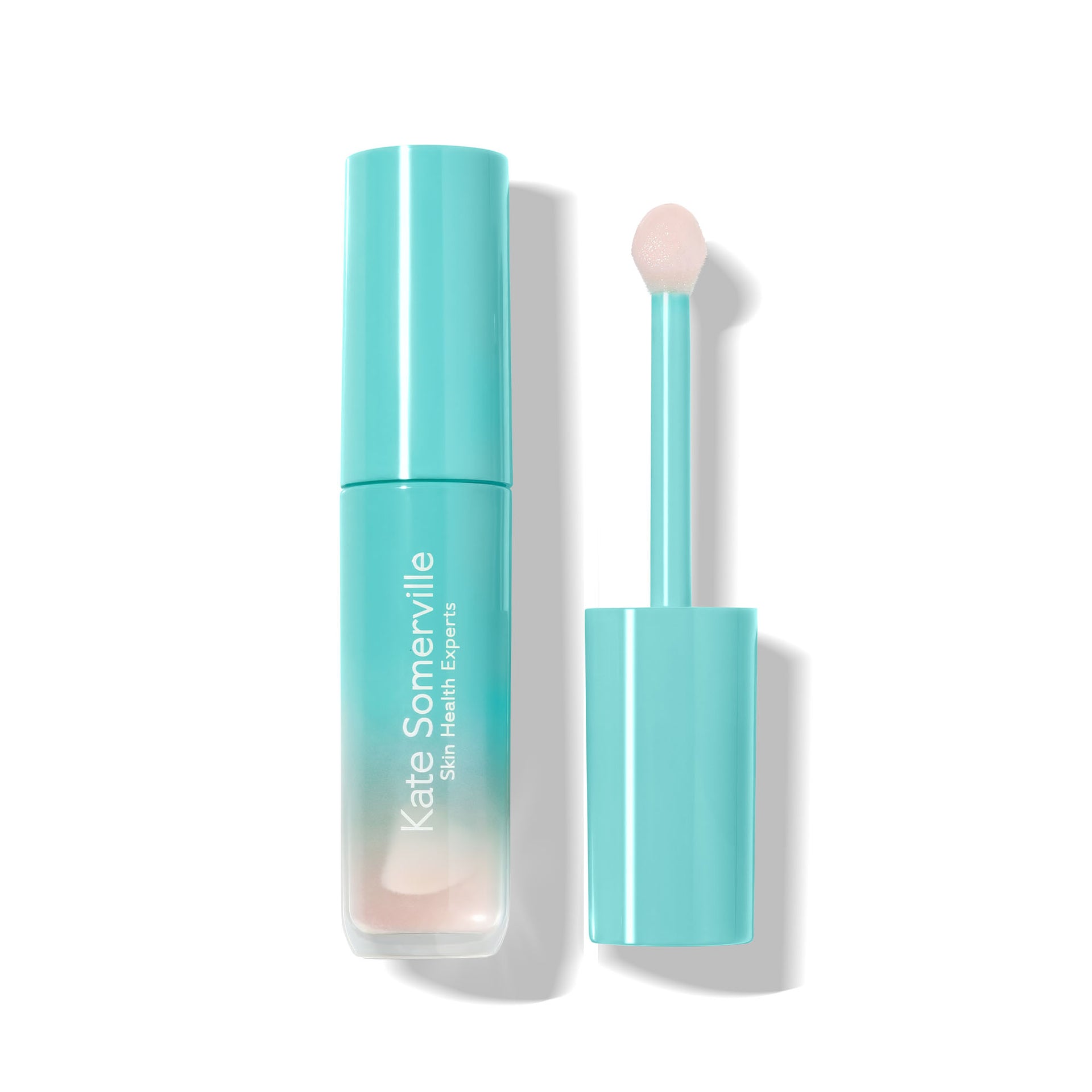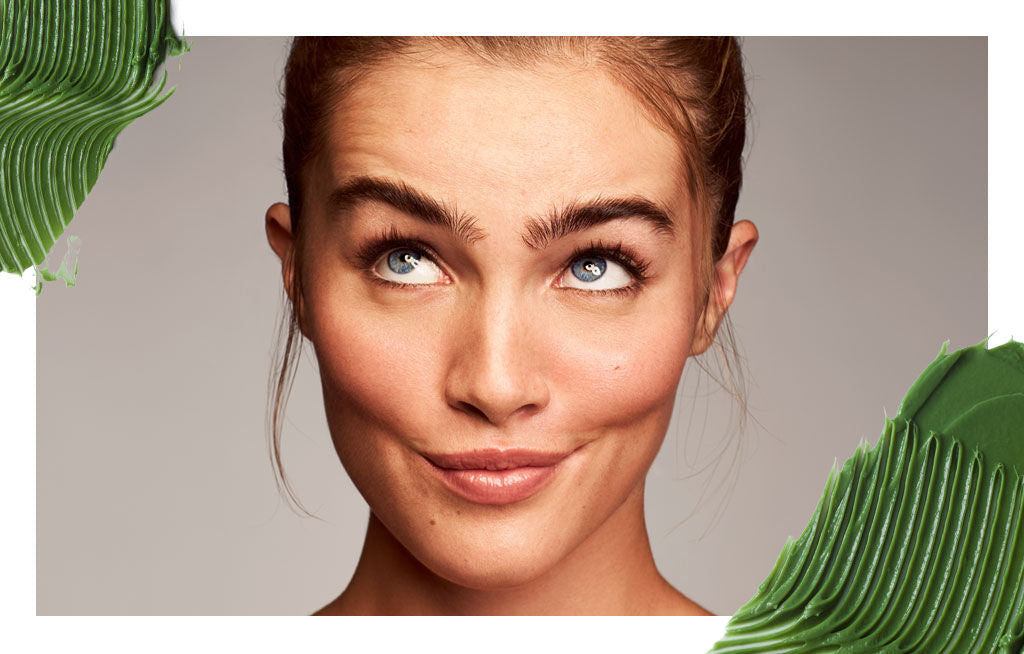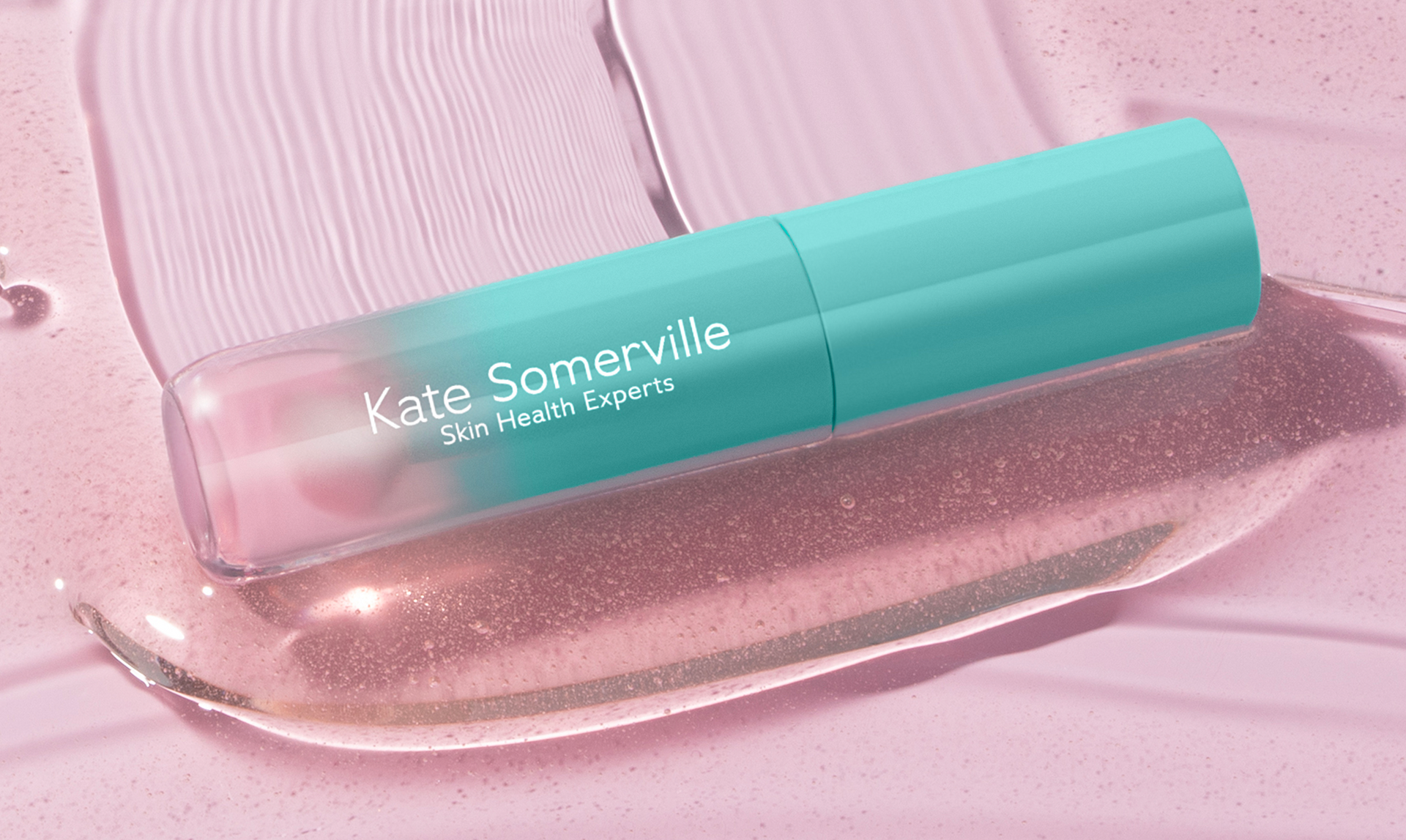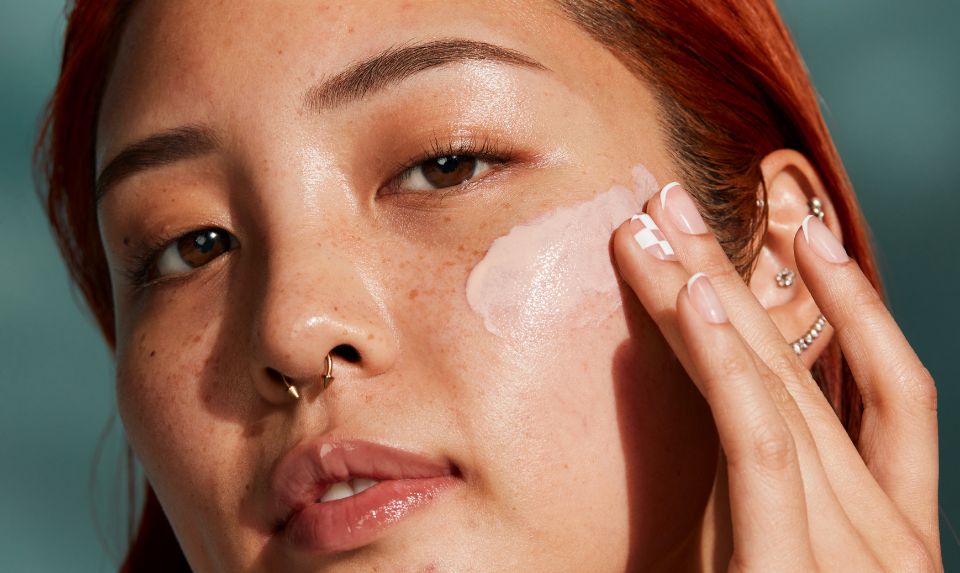No one wants to face clogged pores, although it’s tough to avoid them with grime sinking into our skin throughout the day. Clogged pores occur because of the buildup of oil, dirt, makeup, and sweat. Eventually, this causes blemishes to appear.
When acne surfaces on the skin, you’ll do anything to get rid of it. Many turn to exfoliating with a facial scrub as a first-step defense. Exfoliation sloughs away dry and flaky skin, cleans out pores, and helps you to achieve a fresher, brighter complexion. But does exfoliating help acne or make it worse? Exfoliation is effective by helping to get rid of dead skin cells and impurities that perpetuate the appearance of acne. However, it can aggravate chronic or cystic acne if not done gently and correctly.
It’s important to identify the causes of acne and exfoliate based on the current condition of your skin. Clogged pores aren’t the only culprit behind developing blemishes on the face. Acne is caused by hormonal changes, dietary habits, and certain medications. Any of these triggers can result in blackheads, whiteheads, and cysts or bumps. The severity and frequency of your acne will determine what method of skincare is right for you.
Also, treating acne needs to be handled based on how your skin reacts to certain techniques and products. Determine which type of exfoliation works best on your skin type. Finally, maintain a regular skincare regimen and follow esthetician tips for exfoliating your face on a regular basis to keep your skin healthy and clear.
Benefits of Exfoliation for Acne-Prone Skin
Want to know how to exfoliate your face with acne? By using a chemical exfoliant on acne-prone skin, you’ll help minimize bacteria, clear the surface of the skin, and still preserve the benefits of the natural oils of the skin. This method offers more effective results than mechanical exfoliation, which focuses on the type of exfoliator tool used to slough away dead skin. Using a skin brush or scrubbing mitt can cause further irritation or redness if you have acne.
When pores are clogged, it tends to make them appear larger as they expand to fill with impurities. Combating them with natural alpha hydroxy acids allows them to look normal for an even, radiant skin tone. In addition to the power of chemical exfoliation for unclogging enlarged pores, it helps to smooth the skin by dissolving dead skin cells [1] and minimize the appearance of pores and fine lines on the face.
Finding a chemical exfoliation product that offers ingredients like AHAs or BHA salicylic acid will be beneficial for exfoliating your skin and minimizing the appearance of pores. With Kate Somerville’s ExfoliKate® Intensive Exfoliating Treatment, you’ll reap the benefits from ingredients like lactic acid, silica, salicylic acid, and more. Active ingredients like lactic acid, salicylic acid, and silica work to chemically, and physically, and enzymatically exfoliate the skin, while soothing ingredients like aloe vera and honey help to condition and nourish. Also, the addition of soy-lipid helps to moisturize the skin’s natural barrier. The majority of women who’ve used this treatment have seen a significant impact on the condition and health of their skin.
- 100% of women tested showed highly significant improvement in the appearance of wrinkles, fine lines, and crow’s feet
- 97% of women tested showed highly significant improvement in the appearance of pores.
- 94% of women tested showed highly significant improvement in skin texture.
Identifying Acne Types
Acne can pop up anywhere on the body, but it mostly makes its appearance on the face. There are varying levels of acne, which affect the skin in different ways. And knowing the various levels of acne will help you determine how to best combat yours with exfoliation. Whiteheads and blackheads are most common. Whiteheads or pimples are formed by a combination of oil, dead skin cells, and bacteria that’s been trapped in the pores.
Blackheads often appear along the bridge of the nose and since they are open at the skin’s surface, oxygen changes the impurities to appear black. These two forms may occur periodically or develop into acne that’s painful and difficult to get rid of. When the skin becomes inflamed, papules, nodules, and cysts may appear. These are larger in appearance and often contain pus.
Essentially, exfoliation is a key treatment for all acne types and problems, but different levels of acne will respond in different ways. The trick is using it based on what’s right for your skin type and its current condition.
Difference in Exfoliation for Oily, Dry, and Combination Skin
For acne-prone skin, chemical exfoliation is the way to go. Skincare products with specific chemicals and enzymes work to help dissolve dead skin cells and eliminate bacteria. They can help to combat redness, inflammation, and further aggravation to the skin. If you experience frequent breakouts or tend to have oily skin, exfoliate two to three times a week to fight against the buildup of impurities and bacteria. For dry or combination skin, it’s not necessary to exfoliate as often.
Dry skin is less prone to acne breakouts but still benefits from exfoliation to remove flaky areas of the skin and improve its texture. Use an exfoliator once or twice a week as part of a regular skincare routine. As for combination skin, exfoliate two to three times per week depending on if your skin tips to the oilier or drier side. See how your skin reacts to exfoliation and follow the method that best suits your needs.
It’s also important not to over-exfoliate the skin. Over-exfoliation could result in redness, irritation, and overexposure. Lastly, consider that your skincare routine will likely change slightly with the seasons. When the weather gets hotter in the summer and you naturally produce more sweat, you’ll want to increase exfoliation. In the winter, you may be able to limit use.Knowing your skin type will help you to determine the best exfoliation schedule for your skin.
Exfoliation Tips to Help Fight Acne
Regardless of if you experience sporadic breakouts or chronic acne, there are a few tips to keep in mind to protect your skin and keep it looking its best.
First is choosing the right skincare product. Select one with acne - and bacteria- fighting ingredients like salicylic acid to see better results. Opt for vitamin and enzyme enhancements like those found in our acne treatment products to protect and nourish the skin.
Second, be gentle on the face. Acne breakouts can be stubborn and will take time to treat and heal. It may be tempting to scrub at whitehead and blackhead bumps on the skin. Always wash hands first and use circular motions around the face to get the job done to avoid causing further flare ups.
Third, test a small area of the skin first, especially if you have sensitive skin. When using a new product or technique, it’s always a good idea to start small and work your way up. It’ll give you a chance to see how your skin reacts and determine if you need to switch exfoliators or methods. If it hurts or the acne worsens, consult with your dermatologist for recommended solutions.
Fourth, keep consistent with your skincare. Don’t only rely on exfoliation when your skin is experiencing its most extreme conditions. You can always reduce the frequency of exfoliation without removing it from your regimen completely.
How to Exfoliate Effectively at Home
Visiting an esthetician to check on the health of your skin is important. However, on a regular basis, you can take matters into your own hands and exfoliate your face at home. The first step is to remove your makeup and cleanse the face with a daily face wash. You won’t want to exfoliate then cleanse, because starting with a clean base is the key to exfoliation. Cleansing will remove lingering dead skin cells, excess oils, and daily grime from your face to present a clean base before you dig deeper into the pores.
After everything’s been wiped away, apply an exfoliant by using clean fingertips, a washcloth, or exfoliating brush. Gently work it into the skin in small, circular motions to stimulate blood flow without causing irritation. Never scrub the face because this may cause small tears in the skin and leave behind acne scarring. It’s important to use skincare that has the power to create healthier-looking skin, while conditioning it at the same time.
After exfoliating, you’ll want to hydrate skin with a clinical strength product. This clinic inspired oxygen booster treatment infuses skin with deep and lasting hydration, plumping it to smooth lines and wrinkles. Next, apply any treatment serums that address specific skin concerns like acne or wrinkles, and follow with the right moisturizer for your skin type.
Finally, follow up with a hydrating moisturizer to calm and soothe the skin. A clean face allows skincare products to absorb fully into the skin. Exfoliation works as both a proactive and preventative skin treatment. Follow this daily routine of cleansing, exfoliating, and moisturizing to clear pores, help prevent acne, and achieve glowing healthy skin.
Say Goodbye to Acne and Hello to Clearer Skin
So, does exfoliating help acne? The answer is yes, when you use the right exfoliating products, methods, and consistency. Breakouts are never fun to battle, but there are ways to keep it in check and minimize their occurrence. Give your skin the boost it needs by adding exfoliation as a regular step to your skincare regimen.
Sources:


















